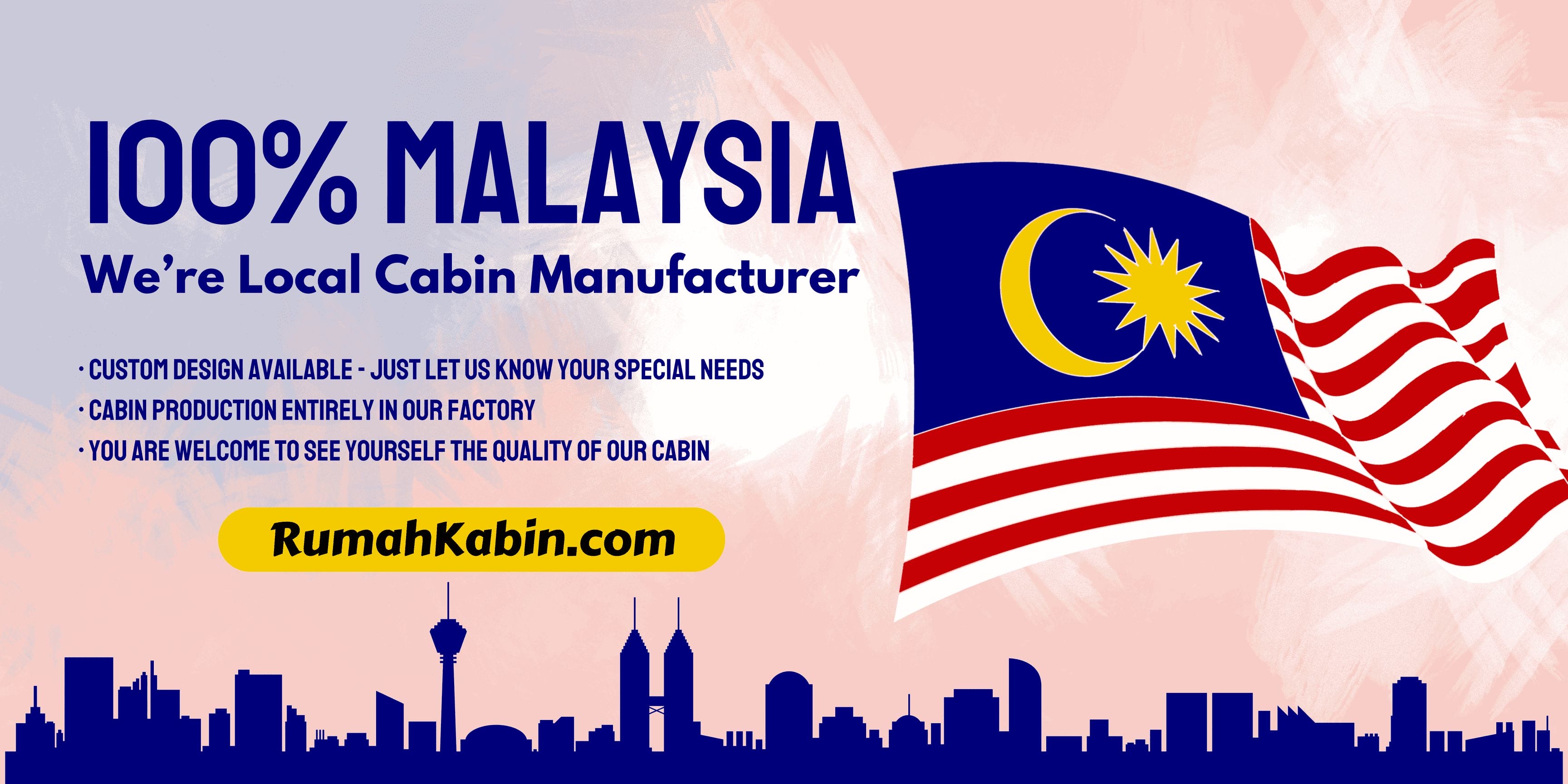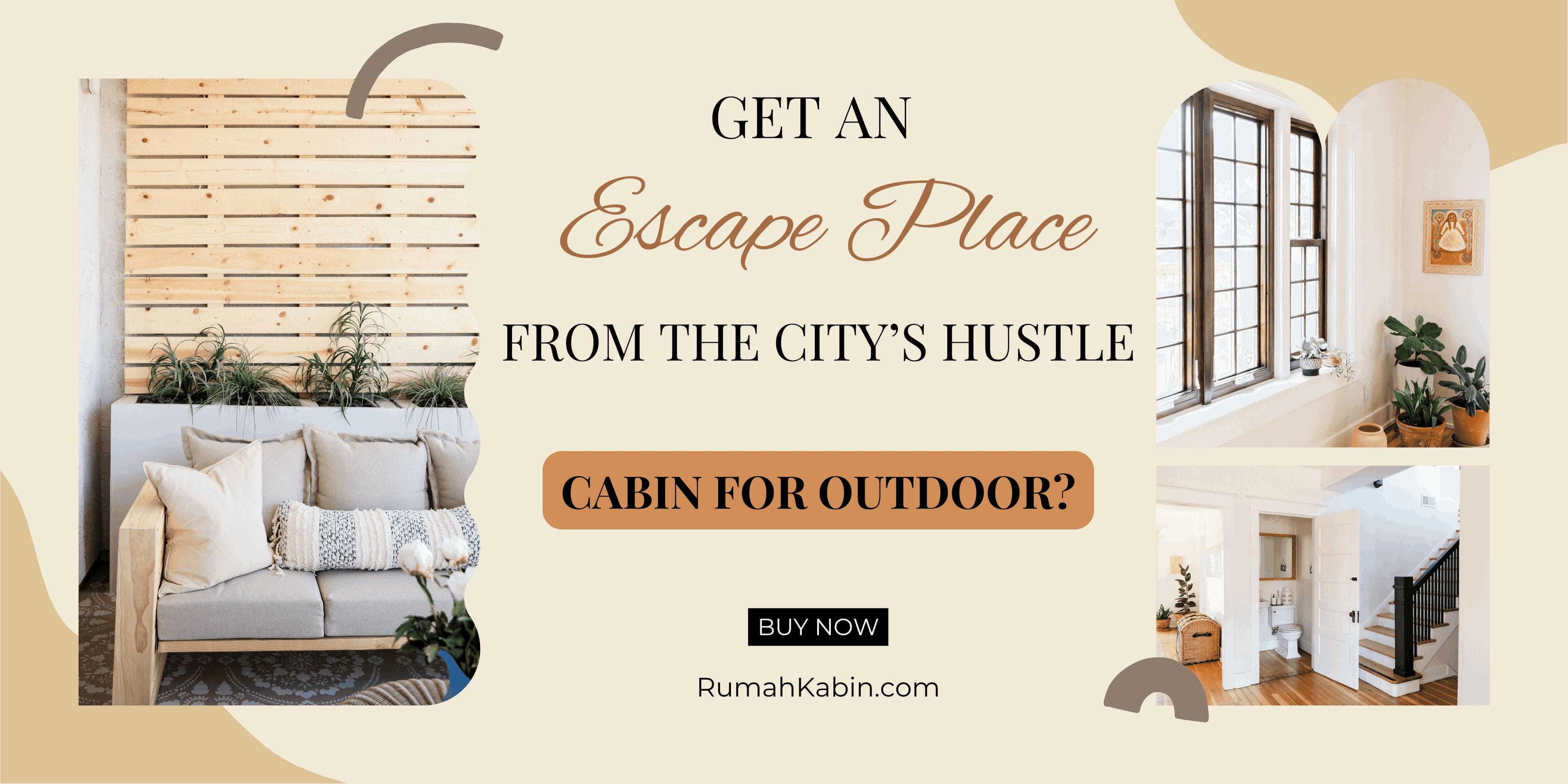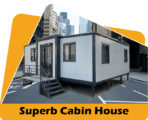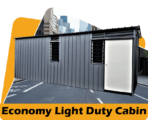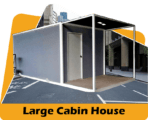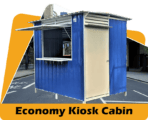What are the common building materials used for cabin house construction in Malaysia?:
- What types of wood are commonly used for cabin construction in Malaysia?
- What are the pros and cons of using concrete vs wood for cabin construction?
- How suitable are metal roofing materials for cabins in Malaysia’s climate?
- What are the best insulation materials to use for cabin walls and ceilings in Malaysia?
- Should I use glass or acrylic for cabin windows in Malaysia’s weather?
- What types of doors work best for cabin entrances in Malaysia’s humidity?
- What flooring materials hold up best to heavy foot traffic in a cabin?
- How do I choose interior wall finishes that suit the rustic cabin aesthetic?
- What types of hardware and fixtures are most durable for cabin use?
- How do I select exterior siding that will withstand Malaysia’s elements?
What types of wood are commonly used for cabin construction in Malaysia?
Wood is one of the most popular building materials for cabin construction in Malaysia due to its natural beauty, strength, and insulation properties. The most commonly used woods are:
Hardwoods
- Meranti – A tropical hardwood that is durable and resistant to termites. It is easy to work with and stains well.
- Kempas – Similar to Meranti but denser and harder. Kempas is extremely durable and weather resistant.
- Balau – A reddish-brown hardwood that is highly weather, insect, and rot resistant. Balau is strong and stable.
Softwoods
- Pine – Imported softwood that is inexpensive, widely available, and easy to work with. Pine can be prone to warping and swelling.
- Cedar – Has a pleasant aroma and is naturally rot resistant. Cedar needs to be properly sealed and maintained in Malaysia’s climate.
- Douglas Fir – Imported from North America and Europe. It offers good stability and insulation. Needs to be properly treated for termites.
Choosing the right wood depends on your budget, desired look, and exposure to moisture and pests. Meranti, Kempas, and Balau have good durability in Malaysia’s tropical climate. Cedar and Pine provide a more rustic look.
What are the pros and cons of using concrete vs wood for cabin construction?
Concrete and wood each have their advantages and disadvantages for cabin construction:
Concrete
- Pros: Extremely durable, fireproof, resistant to termites/pests. Requires little maintenance. Excellent soundproofing.
- Cons: Expensive, requires specialized tools/skills for construction. Can crack over time. Difficult to modify or expand. Has no insulation value.
Wood
- Pros: Less expensive than concrete. Easier to work with using common tools. Offers some natural insulation. Can be modified/expanded more easily. Appealing natural aesthetic.
- Cons: Susceptible to rot, mold, and pests if not properly treated and maintained. Not fireproof. Requires regular upkeep and repainting.
For cabins, wood tends to be the more popular choice as it is cheaper, warmer, and easier to work with. Wood structures can be made durable with proper foundation work, overhangs, and regular sealing/staining. Concrete is preferred for permanent residences but may be overkill for a simple cabin.
How suitable are metal roofing materials for cabins in Malaysia’s climate?
Metal roofing can be an excellent choice for cabins in Malaysia due to the hot, humid climate:
- Corrugated Metal Sheets – Galvanized steel is affordable and durable. It’s lightweight and easy to install. The corrugated shape allows rainwater runoff. Can be noisy during heavy rain.
- Standing Seam Metal Roofing – More modern look with concealed fasteners. Durable and weather-tight. Less prone to leaking and noise. More expensive.
- Aluminum – Extremely corrosion resistant and lightweight. More expensive than galvanized steel. Requires special cutting tools.
- Copper – Naturally mold and mildew resistant. Forms patina over time. Very expensive, but long lasting.
- Metal Shingles – Mimic traditional asphalt shingles. Many colors available. Can be expensive but durable.
Proper installation is key to prevent leaks. Metal roofs reflect heat and require roof vents for air circulation. Overall an excellent, low maintenance option for cabins in Malaysia’s climate.
What are the best insulation materials to use for cabin walls and ceilings in Malaysia?
Proper insulation is important for keeping cabins cool in Malaysia’s hot climate. Recommended insulation materials include:
- Fiberglass – Most common insulation. Made from glass fibers bonded with plastic. Effective insulator and inexpensive but can be irritating to work with.
- Mineral Wool – Made from natural materials like rock or slag. Slightly better insulator than fiberglass. More expensive but non-irritating.
- Cellulose – Made from recycled paper products. Good acoustic insulation. Can settle over time so needs dense packing.
- Polystyrene (EPS) – Rigid foam boards that are easy to install. Excellent insulator but flammable and can be damaged. Higher cost.
- Polyurethane Foam – Can be sprayed into cavities for seamless insulation. Expensive but highly effective. Needs professional installation.
For cabins, fiberglass batts or blown-in cellulose are cost-effective options. Use moisture-resistant materials near bathrooms or damp areas. Vapor barriers and adequate ventilation also help prevent moisture buildup.
Should I use glass or acrylic for cabin windows in Malaysia’s weather?
For cabin windows in Malaysia’s hot, humid climate, acrylic is generally a better choice than glass:
- Acrylic – Often sold under brands like Plexiglass. More impact resistant than glass and doesn’t shatter. Weighs half as much as glass. Resists condensation and fogging. Good noise insulation. Filters UV rays. Easy to clean and install. Can be scratched but buffs out easier than glass. More expensive than glass.
- Glass – More traditional material for windows. Available in double pane for increased insulation. Prone to breaking and harder to transport due to weight. Condensation can be an issue in humid climates. Lower cost than acrylic.
For cabins, acrylic is recommended due to its durability, weather resistance, and safety. Laminated acrylic panes can provide impact resistance and UV protection while maintaining transparency. For a more rustic look, small glass panes may be used but require careful sealing and ventilation to prevent condensation buildup. Larger glass panes are not recommended due to weight and potential breakage issues.
In summary, acrylic windows are better suited for cabins in Malaysia’s hot and humid climate. They require less maintenance while providing better insulation and safety compared to traditional glass.
What types of doors work best for cabin entrances in Malaysia’s humidity?
Malaysia’s year-round humidity can cause doors to swell, warp, and deteriorate quickly. The best cabin door options include:
- Wood Doors – Meranti, Kempas, or Balau doors with tight panel construction resist warping. Use mortise and tenon joinery, water-resistant glue, and allow wood to acclimatize first. Apply weatherstripping for air tight seal.
- Fiberglass Doors – Resist moisture and swelling better than wood. Require minimal maintenance and won’t warp or crack over time. Provide good insulation and noise reduction. Can mimic wood look while being more durable.
- Steel Doors – Sturdy and resistant to termites/pests. Provide good security and noise reduction. Can warp or corrode over time if quality not high. Needs repainting to avoid rust.
- Aluminum Doors – Resist corrosion and humidity well. Require little maintenance and won’t warp. Can conduct heat and be dented. Higher cost than other options.
Look for tight construction, weatherstripping, and overhangs/awnings to protect doors from direct rainfall. Stained hardwoods provide a classic look but fiberglass and aluminum are lower maintenance options.
What flooring materials hold up best to heavy foot traffic in a cabin?
Cabin floors endure a lot of daily wear and tear. The most durable options include:
- Stone – Natural stone like slate, granite, and limestone withstands heavy use. Hard underfoot but provides rustic appeal. Can be cold in colder climates. Needs sealing.
- Concrete – Extremely hard-wearing if properly sealed. Can be stained, polished, or covered with rugs. Hard and cold underfoot.
- Hardwoods – Durable tropical woods like merbau, jatoba, or kempas resist abrasion. Withstands water if properly sealed. Adds warmth and classic look.
- Bamboo – Made from fast-growing grasses so eco-friendly. Harder than many hardwoods. Handles water well if sealed properly.
- Ceramic/Porcelain Tile – Glazed tiles are impervious to water and stains. Provides easy clean-up after heavy traffic. Can be cold and hard underfoot.
Avoid soft woods like pine that dent easily. Select hard, dense flooring materials and properly seal and maintain them for a long-wearing cabin floor.
How do I choose interior wall finishes that suit the rustic cabin aesthetic?
Some interior wall finishes that complement a cozy, rustic cabin aesthetic include:
- Wood Planks – Use unfinished planks or rough-sawn wood with visible grain. Pine, cedar, spruce or similar softwoods add warmth.
- Log Walls – Leave interior log walls exposed for an authentic cabin look. Use varnish or stain to protect.
- Stone – Consider dry stack stone, brick, or river rock to mimic a fireplace facade.
- Tongue and Groove – These interlocking boards create attractive vertical lines. Use pine or cedar for a knotty look.
- Salvaged Wood – Use reclaimed wood from old barns, crates, or fences. Mix of stained and painted finishes adds character.
- Textured Wallpaper – Choose subtle textures like grasscloth or distressed patterns.
- Earthy Tones – Stick to natural hues like cream, moss green, brown, tan, and terracotta.
Avoid polished finishes like tile or bright paint colors. Select materials with natural grains and imperfections for a cozy, rustic cabin interior.
What types of hardware and fixtures are most durable for cabin use?
When selecting hardware and fixtures for a cabin, opt for durable materials that can withstand heavy use and humidity:
- Door and Window Hardware – Choose galvanized steel or stainless steel. Avoid brass due to faster tarnishing. Seek corrosion-resistant finishes.
- Hinges/Pulls – Wrought iron or cast iron have classic cabin appeal. Seek galvanized or powder coated options for moisture resistance. Oil regularly.
- Cabinet Hardware – Stainless steel or ceramic knobs and pulls hold up well. Choose galvanized steel for sliding tracks and hinges.
- Plumbing Fixtures – Select metal over plastic for faucets, showerheads, and valves. Oil rubbed bronze or stainless steel suit cabins.
- Lighting Fixtures – Cast iron, wrought iron, or metal finished fixtures resist humidity. Use clear glass or acrylic lamp shades.
- Wood Stoves/Fireplaces – Choose durable cast iron or steel boxed in with stone or brick facade. Use stainless steel chimney flues.
Avoid ornate brass finishes and opt for simple, sturdy hardware in moisture-resistant materials like iron, stainless steel, or galvanized metals.
How do I select exterior siding that will withstand Malaysia’s elements?
Malaysia’s tropical climate demands exterior siding that can withstand heavy rains, humidity, pests, and UV rays over time. Recommended options:
- Wood – Hardwoods like meranti, Balau, or kempas resist rot and insects. Needs regular staining/sealing.
- Concrete – Durable and low maintenance. Won’t warp or deteriorate but can crack over time.
- Fiber Cement – Mimics wood grain while resisting moisture and pests. Won’t rot or warp. Needs painting.
- Brick – Classic look and withstands humidity and rain. Porous so requires sealing. Heavy and expensive.
- Metal – Aluminum or galvanized steel stands up to elements. Won’t warp or peel. Can dent and needs repainting.
- Vinyl – Budget-friendly and won’t peel, crack or warp. Lacks natural look and can become brittle over time.
Here are the key takeaways on building materials for cabin construction in Malaysia’s climate:
Wood
- Hardwoods like Meranti, Kempas, and Balau are durable options for framing. Pine provides a more rustic look.
- Cedar and pine work for interior walls and ceilings but need sealing.
Roofing
- Metal roofing like corrugated steel withstands rain and humidity. Consider ventilation.
Windows
- Acrylic is recommended over glass for its weather resistance.
Doors
- Fiberglass and aluminum doors resist swelling and rotting.
Flooring
- Hardwoods, stone, and porcelain tiles handle heavy traffic.
Interior Finishes
- Opt for wood planks, tongue and groove, or textured wallpaper.
Fixtures
- Choose hardware in galvanized steel, wrought iron, and stainless steel.
Siding
- Fiber cement, hardwood, or metal siding resists moisture damage.
Select durable, moisture-resistant materials suited for Malaysia’s tropical climate. Proper sealing and maintenance is key for longevity.
In summary, building a cabin in Malaysia’s humidity calls for careful material selection and construction methods to create a structure that can withstand the elements. Utilizing hardy local hardwoods along with moisture-resistant products for windows, doors, roofing and siding results in a low-maintenance vacation home. Staying away from materials prone to swelling and deterioration like soft, untreated woods reduces future repair work. Implementing overhangs, ample ventilation and vapor barriers also helps combat moisture. With proper design suited to the climate, a cabin in Malaysia can provide lasting comfort and enjoyment.
Here is a brief conclusion for building materials for cabin construction in Malaysia:
- Malaysia’s hot, humid climate demands durable, moisture-resistant materials for optimal longevity.
- Hardwoods like Meranti and Kempas provide a termite-resistant framing option that is suitable for the tropical conditions.
- Metal roofing withstands heavy rains without leakage while acrylic windows resist condensation.
- Choosing exterior finishes like fiber cement siding prevents rotting and swelling from moisture.
- Inside, porous materials need ample sealing and ventilation to prevent mold growth.
- Rustic wood plank walls and hardwood flooring complement the cozy cabin aesthetic.
- Hardware and fixtures made from galvanized steel, wrought iron, and stainless steel resist corrosion.
- Careful construction methods like overhangs and vapor barriers also help combat humidity.
By selecting the right building materials and design strategies tailored for the climate, cabin builders can create a comfortable, long-lasting vacation home able to withstand Malaysia’s heat and humidity.
Kontraktor Rumah Kabin
Rumah Kabin Murah
Rumah Kontena Vs Rumah Kabin
Rumah Kabin Pasang Siap
Senarai Harga Kabin di Malaysia
Heavy Duty Cabin
Light Duty Cabin


